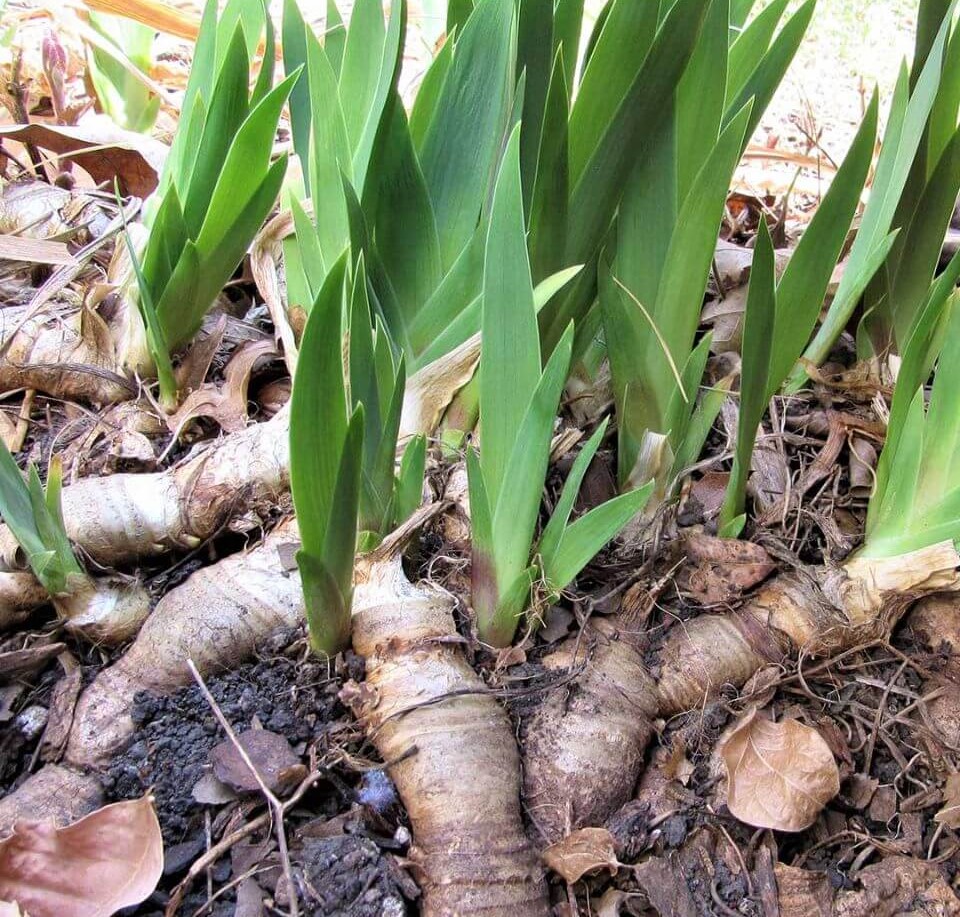Spring is a crucial season for gardeners looking to achieve breathtaking iris blooms. Known for their vibrant hues and elegant forms, irises require the right care during this time to reach their full potential. As they emerge from winter dormancy, irises need proper attention to ensure they thrive. By following a few key practices, you can set your garden up for a spectacular floral display.
Why Spring Maintenance Matters for Irises
Taking care of irises in spring is essential for their overall health and blooming success. Proper maintenance helps prevent issues like overcrowding, nutrient imbalances, and pest invasions, all of which can hinder flower production. A proactive approach ensures your irises have the ideal conditions to flourish.
Getting Your Garden Ready for Irises
Before focusing on individual plants, it’s important to prepare your garden space. Clearing away old debris, enhancing soil quality, and checking for pests will create an environment where irises can thrive. Ensuring they get enough sunlight and water will also contribute to their health.
1. Evaluating Soil Conditions
Irises grow best in well-drained, nutrient-rich soil. Begin by testing the soil’s pH level, which should range between 6.0 and 7.0. If adjustments are needed, use lime to reduce acidity or sulfur to increase it. Adding compost or aged manure will further enrich the soil, supporting healthy root growth.
2. Improving Drainage to Prevent Root Rot
Excess moisture can cause root rot in irises. To enhance drainage, consider planting them in raised beds or areas with natural slopes. If your soil is heavy with clay, mix in sand or gravel to help water flow more effectively. Avoid planting irises in areas prone to standing water.
3. Pruning and Cleaning Old Foliage
Remove any dead or damaged leaves in early spring to encourage new growth. Trim foliage down to about six inches above the rhizome while taking care not to harm the plant’s base. This step helps reduce disease risks and allows more sunlight to reach the emerging shoots.
4. Dividing Overcrowded Clumps
When irises become overcrowded, their blooming capacity diminishes. Every three to five years, lift and separate rhizomes to give them room to grow. Discard any damaged or diseased portions and replant the healthiest ones with ample spacing to encourage better airflow and nutrient absorption.

5. Choosing the Right Fertilizer
A balanced fertilizer, such as 10-10-10 or 5-10-10, provides irises with essential nutrients. Apply it early in the season around the base of the plants, avoiding direct contact with rhizomes. Water the fertilizer in well to help it absorb into the soil.
6. Establishing a Proper Watering Routine
Although irises are somewhat drought-resistant, they still require consistent moisture during their active growth phase. Water deeply once a week, making sure the soil remains moist but not overly wet. Adjust watering frequency depending on weather conditions.
7. Using Mulch Wisely
Mulching helps retain soil moisture, suppress weeds, and regulate temperature. Apply a light layer of organic mulch like straw or bark around the plants, ensuring it doesn’t cover the rhizomes, as this could cause rot. Over time, mulch decomposes and improves soil structure.
8. Managing Pests and Diseases
Irises can attract pests such as aphids and iris borers. Regularly inspect your plants and treat infestations with neem oil or insecticidal soap. To minimize disease risks, maintain good air circulation and avoid overhead watering. Remove any infected foliage to prevent the spread of disease.
9. Supporting Tall Stalks
Some iris varieties have tall flower stalks that may need extra support to withstand strong winds or heavy rainfall. Use bamboo stakes or plant supports and secure the stems with soft ties to keep them upright and prevent breakage.
10. Maximizing Sunlight Exposure
For optimal blooming, irises need at least six hours of direct sunlight daily. Check their placement in your garden and relocate any plants that may be in too much shade. Sufficient sunlight ensures robust growth and vivid flower production.
11. Companion Planting for Better Growth
Pairing irises with compatible plants can enhance their beauty and health. Consider planting them alongside perennials like peonies, daylilies, or lavender, which can complement their colors and help repel pests. Thoughtful companion planting can also improve soil conditions.
12. Avoiding Common Mistakes
Some common iris care mistakes include overwatering, planting too deeply, and neglecting to divide overcrowded clumps. By following best practices, you can avoid these pitfalls and provide your irises with the care they need to thrive. Familiarizing yourself with your specific iris varieties will also help tailor your approach to their needs.
Conclusion: Ensuring Spectacular Blooms
By taking these 12 essential steps, you’ll create the perfect conditions for your irises to produce vibrant, long-lasting flowers. Spring is the ideal time to focus on their care, allowing you to enjoy a breathtaking floral display throughout the season. With proper attention to soil, water, sunlight, and pest control, your irises will flourish and enhance the beauty of your garden.